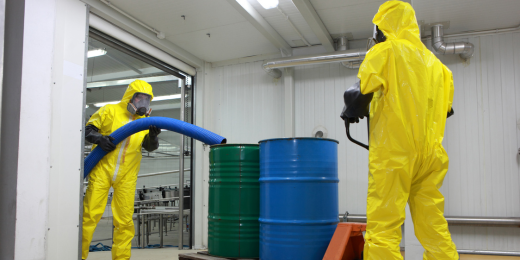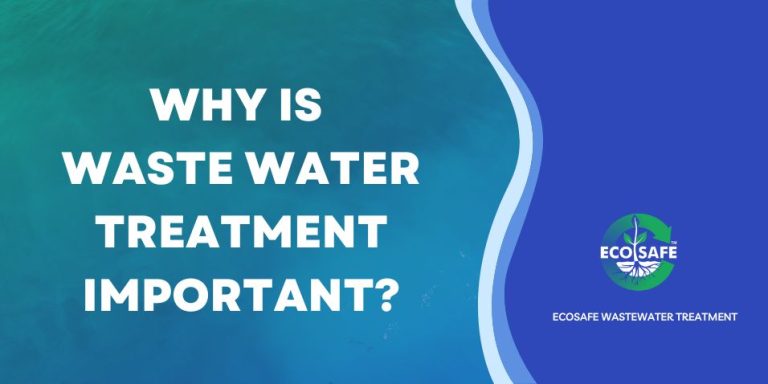The Definitive Guide to Reclaim Waste
The Definitive Guide to Reclaim Waste
Blog Article
The Facts About Reclaim Waste Revealed
Table of Contents8 Easy Facts About Reclaim Waste DescribedA Biased View of Reclaim WasteFascination About Reclaim WasteThe Ultimate Guide To Reclaim WasteReclaim Waste Fundamentals Explained
Explore the types, occurrences, and kinds of liquid waste. Domestic sewer waste refers to the waste and items from a property septic system. This kind of waste is developed by people in houses, colleges, and other structures. This only includes septic systems that have a drain area. The appropriate management and disposal of residential sewage waste call for liquid waste to be moved to a sewage therapy plant where the appropriate methods and tools are put on cleanse and throw away waste.
Commercial waste usually includes prospective risks, such as combustible products or a mix of fluid and strong waste products, and needs an advanced and in-depth disposal procedure. The disposal of business waste usually entails the filtration of waste before transport to ensure safe and appropriate disposal. Hazardous waste is developed from byproducts and runoff of industrial procedures and manufacturing.
This sort of waste can not make use of the same sewage administration transport or procedures as septic or business fluids. The commercial waste monitoring procedure requires the inspection and testing of liquid waste before it goes through the disposal process (liquid waste disposal). Drainage waste is the fluid waste that originates from runoff and excess stormwater in highly populated areas or cities
Runoff waste can create contamination and flooding if not managed appropriately. Guaranteeing proper waste monitoring can stop catastrophes and decrease ecological injury.
Things about Reclaim Waste
Get in touch with PROS Providers today to discover our waste administration and disposal solutions and the proper means to care for the liquid waste you generate.
(https://trello.com/w/reclaimwaste1/)Do you understand what happens to your water when you disengage, flush the commode or drain the cleaning maker? No? Well, it's worth recognizing. This so-called 'wastewater' is not just a crucial resource yet, after treatment, will certainly be released to our land, rivers or the ocean. Made use of water from toilets, showers, bathrooms, cooking area sinks, washings and industrial processes is known as wastewater.

water used to cool down equipment or clean plant and devices). Stormwater, a form of wastewater, is overflow that moves from agricultural and metropolitan areas such as roof coverings, parks, gardens, roads, paths and seamless gutters right into stormwater drains pipes, after rain. Stormwater streams untreated straight to neighborhood creeks or rivers, eventually reaching the sea.
8 Easy Facts About Reclaim Waste Explained
In Queensland, a lot of wastewater is dealt with at sewer therapy plants. Wastewater is transported from domestic or industrial sites with a system of sewers and pump stations, called sewage reticulation, to a sewer treatment plant. Regional federal governments construct, keep address and run most sewage treatment plants. Operators are licensed under the Environmental Management Act 1994 to discharge cured wastewater at an appropriate ecological criterion right into rivers.
The Department of Natural Resources recommends local governments concerning handling, operating and preserving sewerage systems and therapy plants. In unsewered locations, city governments may call for homeowners to set up individual or household sewer treatment systems to treat residential wastewater from commodes, kitchen areas, shower rooms and laundries. The Department of Natural Resources authorizes the usage of family systems when they are confirmed to be efficient.
Many stormwater receives no therapy. In some new subdivisions, therapy of some stormwater to remove trash, sand and crushed rock has started utilizing gross pollutant catches. Wastewater treatment takes place in four phases: Eliminates strong matter. Bigger solids, such as plastics and other objects incorrectly discharged to drains, are removed when wastewater is gone through screens.
Makes use of tiny living microorganisms recognizes as micro-organisms to break down and remove staying liquified wastes and great particles. Micro-organisms and wastes are integrated in the sludge.
Reclaim Waste Fundamentals Explained
Nutrient removal is not available at all sewage therapy plants because it needs pricey specialized tools. It is becoming much more common in Queensland. Clear fluid effluent generated after therapy might still include disease-causing micro-organisms. If this effluent is released into waterways such as rivers or the sea, the micro-organisms will at some point pass away out.

This generally indicates wastewater needs to be dealt with or pollutants removed prior to it can be released to waterways. The majority of wastewater streams into the sewage system. Under the Act, neighborhood governments administer authorizations and licences for eco pertinent activities (Periods) including wastewater releases that could have a regional impact. The division administers authorizations and licences to Periods including wastewater launches that may have a local or statewide effect.
What Does Reclaim Waste Do?
Otherwise, examples are considered research laboratory analysis. Commonly several tests are needed to establish the levels of each of the various toxins such as oils, hefty steels and chemicals in water. Monitoring offers accurate info concerning water top quality and can confirm that licence conditions are being met. The information acquired with tracking supplies the basis for making water top quality choices.
Report this page